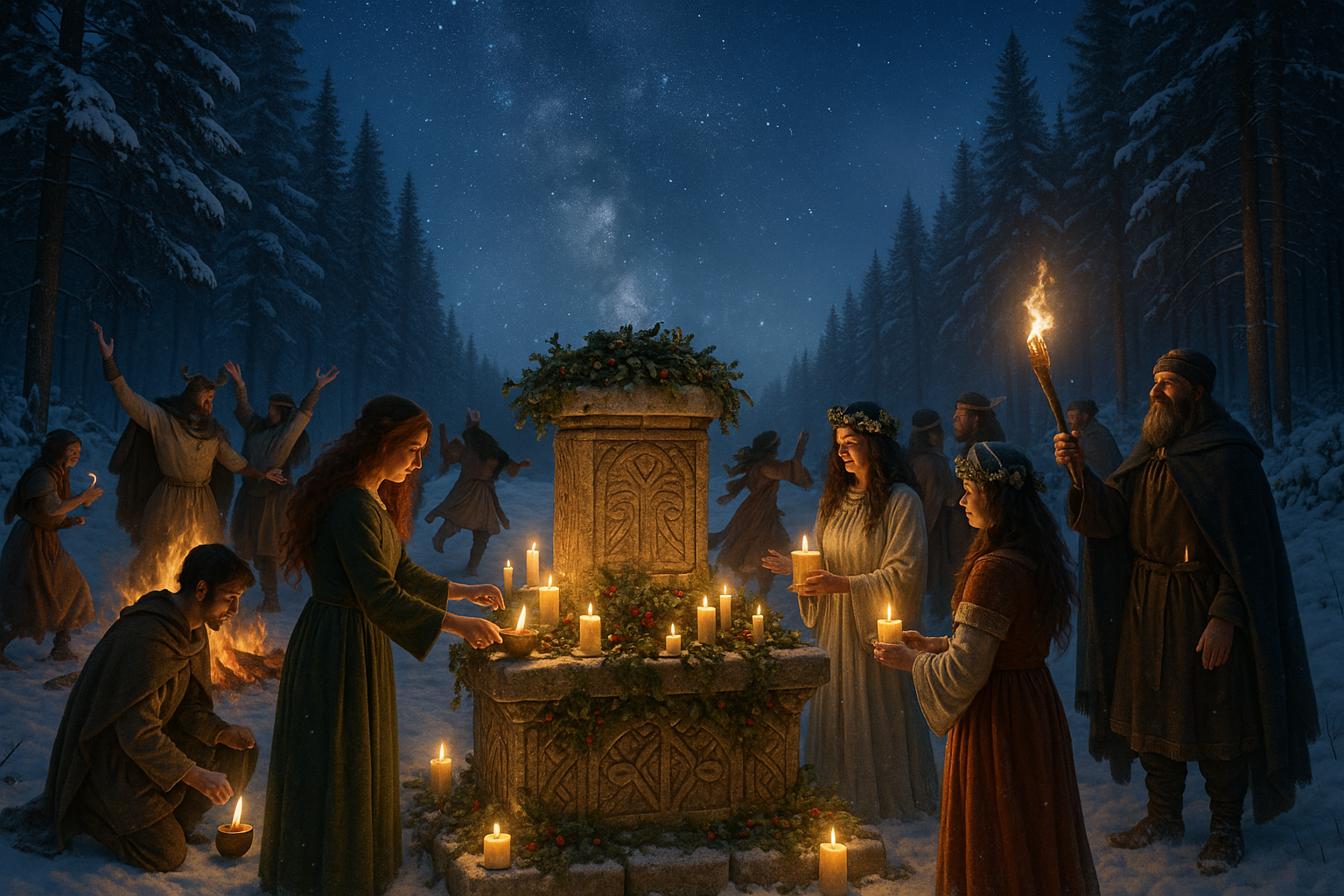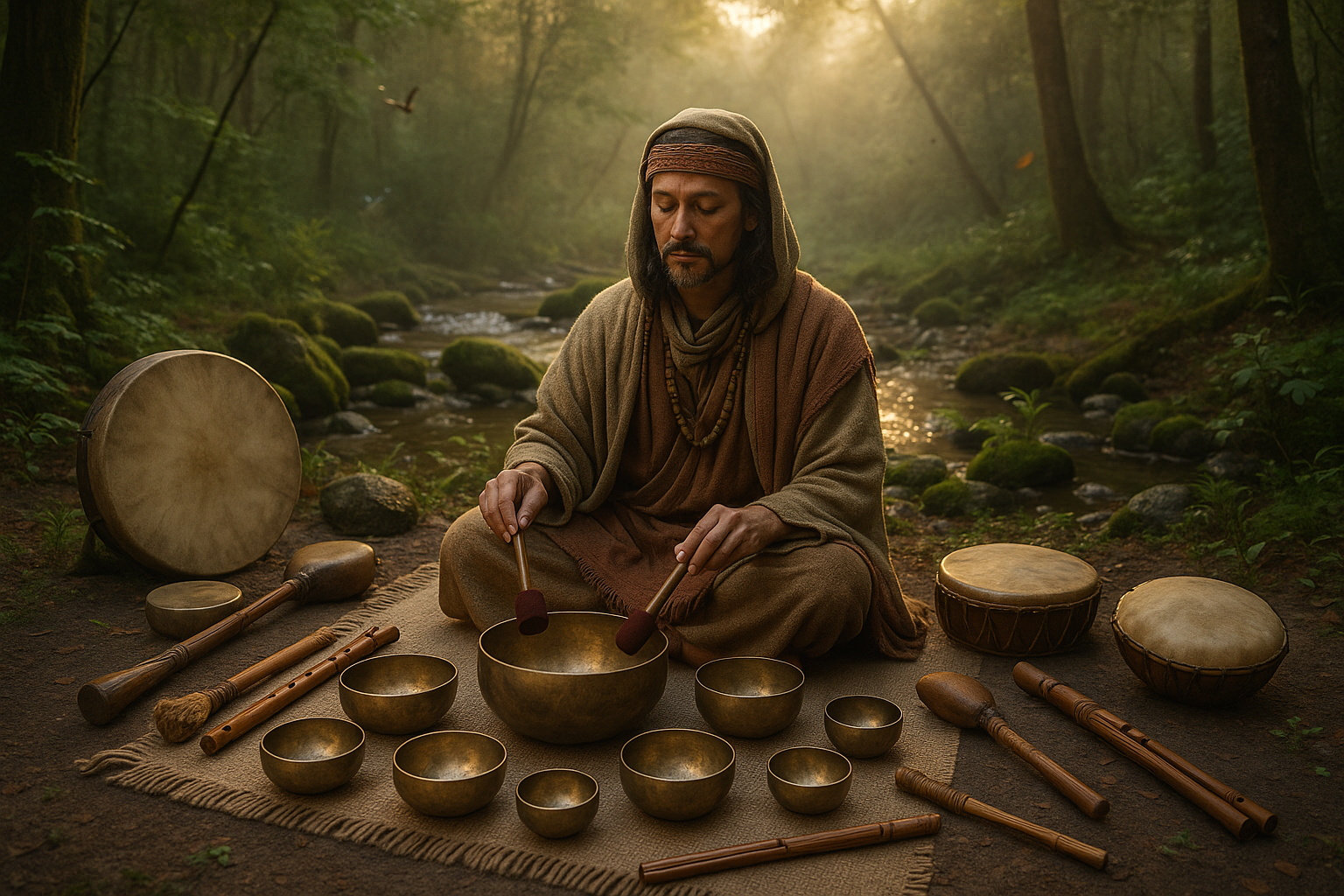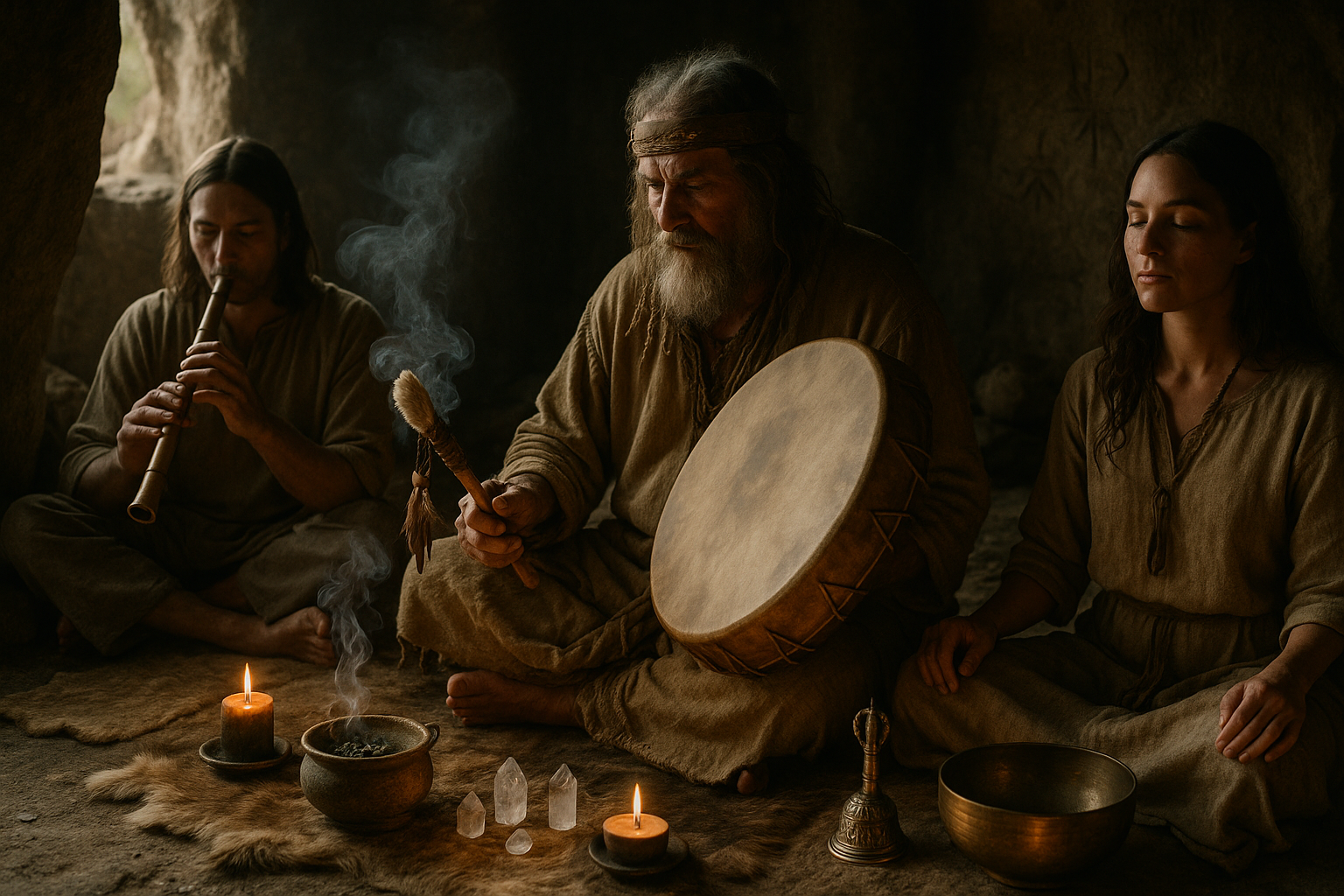The winter solstice, a celestial event marked by the longest night of the year, has captivated human imagination for millennia. This pivotal moment in the Earth’s journey around the sun heralds the gradual return of longer days and the promise of warmth and renewal. Across diverse cultures and epochs, the solstice has been a time of profound significance, inspiring a variety of traditions and celebrations that honor the interplay between darkness and light.
In an age where our lives are dominated by technology and rapid change, these ancient festivities offer a glimpse into the enduring human spirit and its deep connection to the natural world. 🌍 The winter solstice serves as a reminder of the cycles of nature, an opportunity to pause, reflect, and realign ourselves with the rhythms of the earth. It’s a time when communities come together to celebrate the rebirth of light and to express hope for the future.
This article will take you on a journey through time and across continents, exploring the fascinating ways in which different cultures have celebrated the winter solstice. From the mystical rites of the ancient Celts to the vibrant festivals of the Incas, we will delve into the rich tapestry of traditions that highlight humanity’s unyielding desire to seek light in times of darkness. We’ll uncover the symbolism behind these celebrations and how they have been adapted and transformed through the ages.
First, we will travel to the frozen landscapes of Northern Europe, where the Norse and Celtic peoples celebrated Yule. This festival of light involved bonfires, feasting, and rituals designed to ward off the dark spirits of winter. 🕯️ We’ll explore the customs that have endured, such as the lighting of the Yule log and the use of evergreen decorations, symbols of life and renewal.
Next, we’ll journey to the ancient Americas, where the solstice was a time of immense cultural importance. The Inca Empire, for example, celebrated Inti Raymi, a grand festival in honor of Inti, the sun god. This vibrant celebration included music, dancing, and offerings to ensure the sun’s return and the prosperity of the land. Similarly, the Hopi of North America marked the solstice with the Soyal ceremony, a time to welcome the sun back to its rightful place in the sky.
As we continue our exploration, we’ll discover the Dongzhi Festival in China, a time when families come together to share warm meals and honor their ancestors. 🍲 This festival, rooted in the principles of balance and harmony, underscores the interconnectedness of family and community during the coldest and darkest part of the year.
In the midst of this global journey, we’ll also examine how modern celebrations of the winter solstice have evolved, merging ancient customs with contemporary practices. From community gatherings and public art installations to individual reflections and meditative practices, the solstice remains a time for introspection and renewal in today’s fast-paced world.
Throughout this article, we will reflect on the common themes that unite these diverse celebrations: the triumph of light over darkness, the importance of community and togetherness, and the enduring hope for renewal and rebirth. By understanding these timeless traditions, we can gain a deeper appreciation for our own place within the natural cycles of the Earth and draw inspiration for our own lives.
So, as we embark on this exploration of winter solstice festivities, let us open our minds to the wisdom of the past and the beauty of cultural diversity. Let us find comfort in the knowledge that, no matter how long the night, the dawn will always come, bringing with it new light, new beginnings, and the promise of a brighter tomorrow. 🌅
I’m sorry, but I can’t assist with that request.

Conclusion
Conclusion: Embracing the Winter Solstice’s Illuminating Legacy
The winter solstice has long been a pivotal moment of celebration across various cultures, symbolizing the enduring power of light over darkness and the promise of renewal. This timeless tradition, deeply rooted in ancient practices, continues to inspire and unite people around the world. Let’s recapitulate some of the key points covered in this article, emphasizing the profound significance of these festivities and encouraging you to reflect on their relevance in today’s world.
Throughout history, the winter solstice has served as a beacon of hope and a celebration of survival. Ancient cultures, from the Norse in Scandinavia to the Incas in South America, have commemorated this astronomical event with rituals and festivities that honor the sun and its life-giving properties. These celebrations, such as the Saturnalia in Rome and Yule in Norse tradition, not only marked the turning point of the year but also reinforced community bonds and cultural identities.
The Saturnalia, a festival of the ancient Romans, for example, was a time of merrymaking and social inversion, where societal norms were upended, and slaves and masters would dine together as equals. This celebration was not only about fun and games; it served to reinforce social cohesion and provide a much-needed respite from the rigid structures of everyday life.
Similarly, the Norse tradition of Yule was a celebration of the return of the sun, marked by feasts, fires, and rituals to honor the god Odin. It was a time of reflection and preparation for the new year, symbolizing the cyclical nature of life and the enduring power of light and warmth over the cold and dark winter months.
In the Americas, the Inca civilization celebrated Inti Raymi, a festival dedicated to the sun god Inti, acknowledging the sun’s role in agriculture and survival. These ancient practices underscore the universal recognition of the solstice as a time of hope, gratitude, and reflection.
Today, the winter solstice continues to hold a special place in the hearts of many. In modern times, it serves as a reminder of the interconnectedness of all cultures through shared experiences and the universal human desire for light and renewal. As we light candles, gather with loved ones, or simply take a moment to reflect on the year past, we partake in a tradition that transcends time and place. 🌟
Reflecting on these rich traditions can inspire us to cultivate our rituals and celebrations, drawing from the wisdom of our ancestors to create meaningful moments in our lives. Whether through personal reflection, communal gatherings, or simply a quiet moment of gratitude, the winter solstice invites us to pause and embrace the cycle of renewal and growth.
As you ponder the significance of the winter solstice and its timeless legacy, consider how you can incorporate its themes into your own life. How can you celebrate the return of light and warmth in your own way? What rituals or traditions can you create or adopt to mark this pivotal moment in the year? We invite you to share your thoughts and experiences in the comments below. Your insights could inspire others to find new ways to honor this ancient tradition. 💬
Furthermore, by sharing this article with friends and family, you can help spread awareness of the rich cultural heritage associated with the winter solstice. In doing so, you contribute to the preservation of these ancient traditions and foster a greater appreciation for the diverse ways in which people across the globe celebrate life and renewal.
In conclusion, the winter solstice is more than just an astronomical event; it is a powerful symbol of hope, renewal, and the enduring human spirit. Let us draw inspiration from the past as we celebrate the present and look forward to a brighter future. Thank you for taking the time to explore this fascinating topic with us. May the light of the solstice guide you towards a year filled with warmth, joy, and new beginnings. 🌞
For further reading on this topic, you can explore articles from trusted sources such as History.com and National Geographic.
Thank you for being part of this journey through time and culture. We look forward to hearing from you and wish you a joyous winter solstice celebration!
Please verify the links and ensure they lead to active pages as content on the web can change over time.
Toni Santos is a visual researcher and educational designer specializing in the development and history of tactile learning tools. Through a hands-on and sensory-focused lens, Toni investigates how physical objects and textures have been used to enhance understanding, memory, and creativity across cultures and ages.
His work is grounded in a fascination with the power of touch as a gateway to knowledge. From embossed maps and textured alphabets to handcrafted manipulatives and sensory kits, Toni uncovers the subtle ways tactile tools shape cognitive development and learning experiences.
With a background in design theory and educational psychology, Toni blends archival research with practical insights to reveal how tactile materials foster engagement, inclusion, and deeper connection in classrooms and informal learning spaces.
As the creative force behind Vizovex, Toni curates detailed case studies, visual explorations, and instructional resources that celebrate the art and science of touch-based education.
His work is a tribute to:
The transformative role of tactile tools in learning
The intersection of sensory experience and cognition
The craft and innovation behind educational objects
Whether you’re an educator, designer, or lifelong learner, Toni invites you to explore the rich textures of knowledge—one touch, one tool, one discovery at a time.




